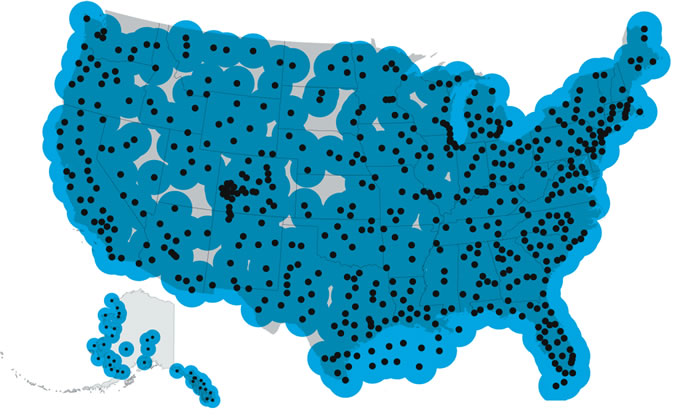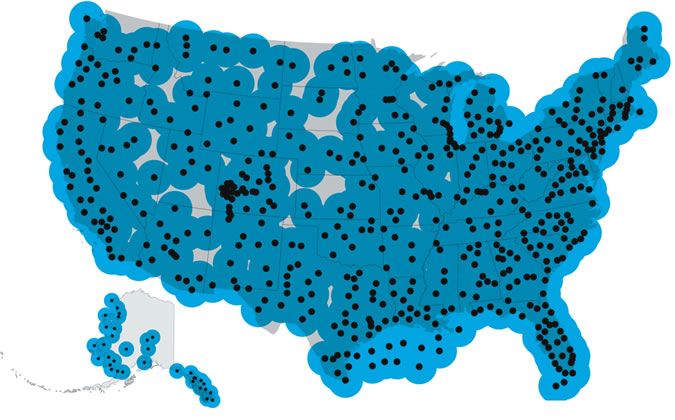Some observers are not sure ADS-B will be ready by 2020 or, if it is, whether the benefits promised by the FAA will be available. In September 2014, doubters got a boost when the Department of Transportation’s Inspector General (DOTIG) reported “ADS-B benefits are limited due to a lack of advanced capabilities and delays in user equipage.”

According to the DOTIG, the FAA “has not sufficiently tested the entire ADS-B system” and what testing has been performed is incomplete because the FAA “has not fully resolved problems identified” in the ADS-B operational testing it has completed. Additionally and significantly for general aviation according to the DOTIG, “While ADS-B provides some useful services, these capabilities have been limited, discouraging some users from investing in ADS-B. At the same time, requirements for ADS-B IN’s advanced capabilities continue to evolve, creating significant challenges related to certifying ADS-B avionics, maturing advanced capabilities, and partnering with airlines to verify and validate benefits and gain experience through demonstration projects.”
The program’s major emphasis on benefits is with the airlines, but even they don’t seem to be in a hurry to embrace ADS-B: “While major carriers typically…have the most to gain from ADS-B’s expected benefits,” existing on-board weather radar, electronic flight information systems and collision avoidance systems “provide the same information that ADS-B broadcast services currently offer.”
A final note: Since the TIS-B and FIS-B services of ADS-B IN are advisory only, “pilots should not and cannot rely on ADS-B information to separate themselves from and avoid other aircraft.” The DOTIG notes that AOPA believes “some general aviation pilots are unaware of ADS-B’s limitations and how these services can and should be used.”




